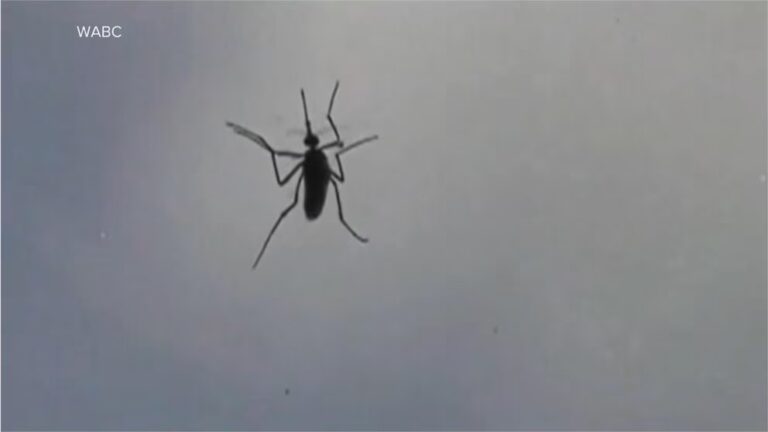The US space agency said that the discovery was made on November 3, 2019, when a NASA vehicle flew over Jupiter’s cloud tops at a height of more than 3,000 kilometres.
NASA’s Juno spacecraft discovered a new huge cyclone on Jupiter’s south pole as the crewmembers worked hard to preserve the solar-powered spacecraft, the US space agency reported on Friday.
He added that at the time, the space agency’s Juno probe flew 2,175 miles (3,500 kilometres) above the planet to collect data, with the mission team realising that “the orbit was going to carry Juno into Jupiter’s shadow, which could have grave consequences because we’re solar powered.”
Hexagon on Jupiter
Bolton explained that there was a real risk of the crew members freeze to death because “no sunlight means no power.”
Alessandro Mura, a Juno co-investigator at the National Institute for Astrophysics in Rome, in turn said in the press release that the new cyclone, which was detected with the help of Juno’s Jovian Infrared Auroral Mapper [JIRAM] instrument, is “about the size of Texas” but smaller than other six cyclones which are as wide as the continental US.
He noted that data obtained by the JIRAM instrument “indicates we went from a pentagon of cyclones surrounding one at the centre to a hexagonal arrangement.”
Mura was echoed by Cheng Li, a Juno scientist from the University of California, Berkeley, who described the Jupiter cyclones as “new weather phenomena that have not been seen or predicted before.”
NASA’s Juno probe was launched on 5 August, 2011, from Cape Canaveral, Florida, and arrived in orbit around Jupiter on 4 July, 2016. To date, it has completed twenty science passes over the giant planet.
Sourse: sputniknews.com






